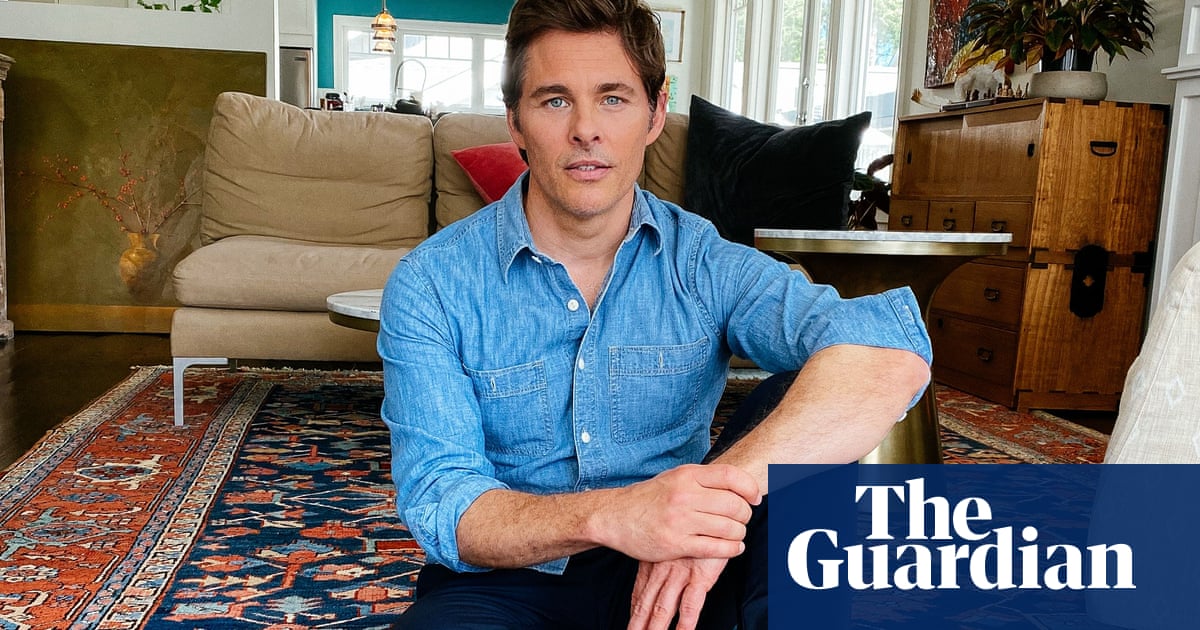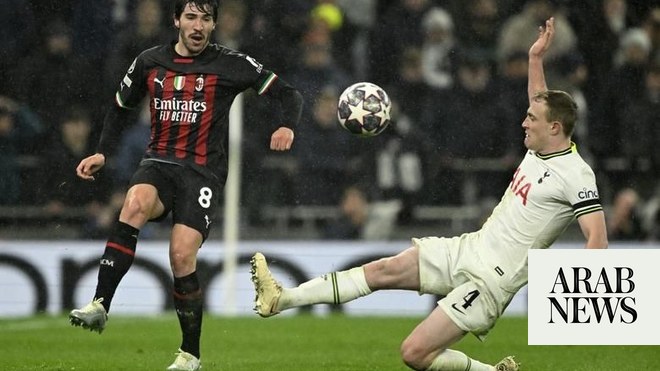
Accompanying a photo of Ada Hegerberg – characteristic plait sweeping across the left of her head into a ponytail, a wide grin and the Norwegian flag draped around her shoulders – was a simple message on her social channels: “Heia Norge, long time no see.”
After a close to five-year absence, the inaugural women’s Ballon d’Or winner is back in the international fold after months of rumours swirling throughout the world of women’s football.
“I felt now was the right time,” a relaxed and happy-looking Hegerberg tells the Guardian from her home in Lyon. “I missed it, I missed it a lot. Playing for your country, representing your country, is fantastic. Something that sticks deep is the connection with the new generation. I remember the link up with all these young girls and boys when with the national team, feeling that you have a connection and are inspiring them, that was a big deal to me.”
Hegerberg’s decision to step back from playing for Norway was fuelled by a desire to make things better for that new generation. The more she thrived for her club, the more the world mourned her absence from world football’s biggest stages, but the message from the player was clear: more needed to be done to support the women’s national team and grow and develop women’s and girls’ football in Norway for her to wear the shirt again. That goal hasn’t changed, but Hegerberg’s view on how she aids that process has, and the Norwegian Football Federation is an evolved organisation too.
A big factor in Hegerberg’s willingness to get around a table again was the approach of the federation’s president, Lise Klaveness, who was elected on 7 March, having been director of elite football for the governing body from 2018. Hegerberg had had limited contact with the federation following her decision to step back from international football after a disappointing group stage exit from the Euros in 2017. But Klaveness was more than the face of the federation when she approached the forward, she was a friendly face and a familiar one, someone who played her final game for Norway in the same year that Hegerberg won her first cap.
“She was the first one to create this relationship,” says the five-times Champions League winner. “I had played with her, so I felt like I wasn’t talking directly to a representative from the federation but someone that I could be open with and discuss the whole situation with. I was very honest with Lise about where I was and, during the whole period, I said that if this is going to happen, we have to base this relationship on brutal honesty and trust.
“Lise is someone who was in the system in that period. We’ve had long conversations, discussions, and have some of the same vision about the game. She’s very conscious about the challenges we faced back then, the ones I pointed my finger at in 2017, and about the situation of women’s football in general, so it was very relieving to have those talks with her.
“She has been very clear that there’s been a lot of changes in the system, new people in, that have helped create new dynamics. Ultimately, we could have talked about the situation for ever, but it’s all about being in this together now. I want to be a part of it again and to try and help lift things even more, because obviously there’s always more to do.”
Klaveness said on Thursday that “it has not been a good feeling to have one of our best players outside the national team” and that it had taken “too long” to get the most famous face in Norwegian women’s football back involved.
Also helping to draw Hegerberg back was a new perspective of the game, developed during 20 months out with an anterior cruciate ligament injury in her right knee, the first serious injury of her career, and then a stress fracture to her left tibia. She finally made her return to the pitch in October 2021. “The injuries gave me, I wouldn’t say a different mindset about the situation, because I wouldn’t have changed what has happened, but I felt like I grew a little bit,” she says. “You can imagine how being apart from football makes you feel. I just wanted to get back and play again.”
The 26-year-old did not come to the table with a checklist of boxes she expected the federation to tick, but with an open mind, ready to hear of the progress that has been made in her absence and ambitions.
“It’s always been very hard for me to comment on the situation after 2017, so I’ve never done that,” she says. “The talks have given me an insight into what things are like today. I know that a lot of things have been improved – in terms of the conditions that create an environment where girls’ and women’s football is actually in a position to develop. Now, it’s up to me to see it by really taking part myself. It’s very important for me to say that in coming back I’ve not put any demands on anything, I didn’t do that back in 2017 either, my decision was made with no negotiation and there’s not been anything like this time either.”
Instead, the priority was working out that they “shared the same vision of where we want to head with women’s football” and making sure that her voice would be welcomed as much as her playing ability.
“It’s important to say that, in order to be able to be ambitious, or to reach goals, you also need to create an environment where people can stand up, have their opinions and not be put in a box and I am quite confident that I’m coming back into an environment where I will be allowed to be myself,” she says.
“I’m going into this feeling humble as well, I’m going to do my best to have an impact on the situation, but I also know that I’m being welcomed back for the woman I am as well as for the footballer that I am, which is very important.”
Another significant piece of the puzzle was discussing her return with the rest of the national team. “Talking to the players was everything,” she says. “That was one of the first and most important steps for me before coming back. We’ve had dialogues, talked through everything and it was very important for me to chat with them before going into this.”
Now, her attentions are turned to her first camp back in April, with games against Kosovo and Poland in World Cup qualifying, and attempting to gel with the team for the Euros in the summer – including the 20-year-old Manchester City midfielder Julia Blakstad, who took part in one of Hegerberg’s football camps in 2018.
Drawn in Group A for this summer’s tournament, Norway will play hosts England in the second round of fixtures. “We started the Euros in 2017 by playing the Netherlands at their home tournament and I can tell you that the atmosphere was something else. They’re the games you want to play. You need to look at it very positively, as something that gives you the fuel to go out there and try to win. It’s going to be a massive challenge but these games are what you train for and why you play.”
It has taken time for Hegerberg to get into the swing of things following her injury but now she “doesn’t feel far off” from her best. “As long as you keep consistency in the way you work and in the way you think and are always thinking positively and have a nice little offensive spirit you will get there. I feel ready for this. I wouldn’t have taken this decision if I wasn’t ready for it.”
What will it mean to see kids with her name on the back of a Norway shirt again? “I have goosebumps thinking about it,” she says with a grin. “I can’t wait to help inspire some new kick-ass kids to get up and take our spots one day.”












